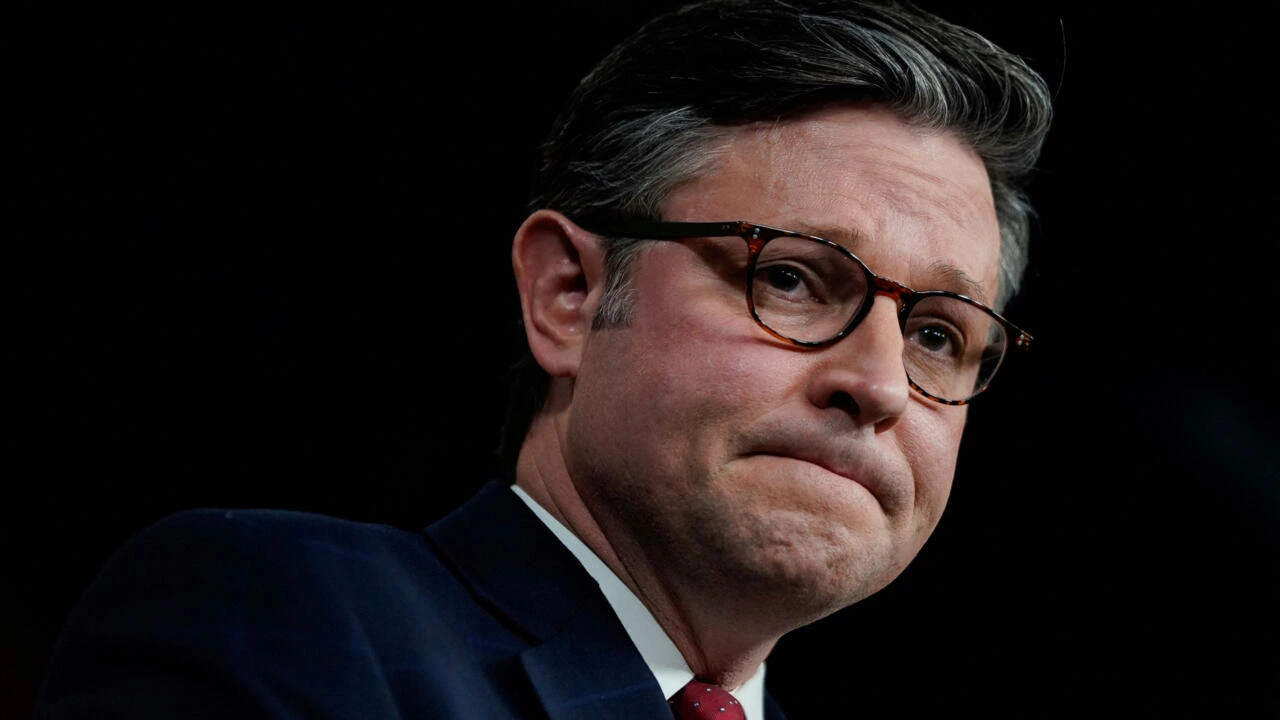The US Senate once again made headlines as lawmakers failed to move forward with a stopgap spending bill designed to avert a government shutdown.
In a 44-48 vote, the Senate reject shutdown bill decision has thrown Washington into chaos, raising fears of unpaid federal workers, shuttered agencies, and disrupted services.
With the funding deadline set for September 30, millions of Americans are asking What happens if Congress can’t strike a deal in time?
This article will walk you through the current crisis, why it matters, and what lessons we can draw for the future.
In This Article
- Why the Senate Reject Shutdown Bill sparks concern and how it impacts federal workers and agencies.
- Actionable insights into possible solutions including bipartisan negotiation strategies and lessons from past shutdowns.
- What this budget standoff means for US politics, the economy, and ordinary citizens.
Why the Senate Rejected the Stopgap Spending Bill
At the heart of the dispute is partisan gridlock. Republicans put forward a stopgap measure to extend funding temporarily, but Democrats withheld support, demanding higher allocations for healthcare and essential services.
The final tally 44 votes in favor and 48 against was far from the 60 votes needed under Senate rules.
This rejection highlights the rising partisan tensions in Congress 2025, where compromise has become increasingly rare.
Only one Democrat crossed party lines, underscoring how political priorities now often outweigh national stability.
If lawmakers cannot pass a funding plan by September 30, federal agencies will be forced to halt non essential operations. This would mark yet another chapter in America’s history of fiscal brinkmanship.
Hundreds of thousands may face delayed paychecks. The government shutdown impact on federal workers is not just financial it also affects morale and retention in crucial departments.
From national parks to passport services, Americans will experience disruptions. Each shutdown erodes global trust in US stability, making investors jittery.
According to the Congressional Budget Office, the 2019 shutdown cost the US economy an estimated $11 billion, with $3 billion permanently lost.
The federal agencies shutdown risk this time could be even higher given today’s inflationary pressures.
Stopgap Bill Failures
This is not America’s first budget standoff. Looking back at previous shutdowns offers context, Sparked by disputes over the Affordable Care Act, the standoff lasted 16 days, costing the economy $24 billion.
2018 TO 2019 ShutdowN, The longest in US history 35 days, it centered around border wall funding. Hundreds of thousands of workers went unpaid, leading to severe public backlash.
Recurring stopgap funding bill failure Short term fixes often collapse under political pressure, leaving long term solutions unaddressed.
Each time, the pattern is the same, short term brinkmanship replaces long term fiscal responsibility.
John Thune and Senate Leadership
Senate Majority Leader John Thune faces mounting pressure to navigate the crisis. Whether he calls senators back from recess early could shape the path forward.
Critics argue that leaders on both sides are prioritizing political optics over governance, fueling the US budget crisis September 2025.
Analysts suggest that Thune may attempt another vote with amendments to appeal to Democrats, though success remains uncertain.
Sarah, a federal contractor from Virginia, recalls being furloughed during the 2019 shutdown.
“I had to dip into my savings just to cover rent. The stress was unbearable,” she said in an NPR interview.
If the US Congress funding deadline September 30 is missed this year, workers like Sarah will again shoulder the burden.
This highlights why Democrats reject shutdown bill decisions resonate far beyond Capitol Hill it’s about real families facing uncertainty.
Economists warn that another shutdown could exacerbate inflation, delay government contracts, and weaken America’s global image.
Brookings Institution analysts argue that repeated fiscal standoffs show the fragility of US governance.
A Pew Research poll 2025 found that 62% of Americans blame both parties equally for shutdown threats, reflecting public frustration.
Business leaders worry about long-term consequences for competitiveness if the US cannot guarantee fiscal stability.
How Lawmakers Could Avert Crisis
If leaders want to avoid disaster, they must consider these strategies, History shows that broad coalitions rather than narrow party line votes are essential. Senators must prioritize citizens over party.
Instead of recurring short term fixes, Congress could consider two year budgets to reduce constant standoffs.
Clear communication about the stakes can build public support for compromise. Too often, Americans are left confused about what shutdowns mean for them personally.
Ensure that critical employees such as TSA agents and food safety inspectors are shielded from furloughs. This would soften the government shutdown impact on federal workers.
Partisan Tensions in Congress 2025
The current standoff is more than a budget fight it’s a symbol of America’s growing polarization. Trust between parties has eroded to the point where even temporary compromises are hard to achieve.
The Senate stopgap spending bill vote shows that both sides are locked in a battle of values Republicans emphasizing fiscal restraint, Democrats pushing for social investments.
Until this dynamic changes, the US will continue to face shutdown threats nearly every fiscal year.
If funding lapses, Non essential federal agencies close. Military and critical services operate without pay until funding is restored. Public confidence in government erodes further.
If a deal is struck, It will likely be another short term compromise, setting up future crises. Either way, the Senate reject shutdown bill saga signals that America needs structural budget reform.
The Senate reject shutdown bill decision has reignited fears of a US government shutdown 2025, threatening federal workers, the economy, and America’s reputation.
As history shows, stopgap funding bill failure is not new but it is increasingly unsustainable.
America needs long term fiscal planning and bipartisan leadership. Citizens deserve stability, not political theater.
What do you think? Should Congress adopt two year budgets to prevent constant shutdown threats?
Share your thoughts in the comments, and don’t forget to subscribe for more updates on U.S. politics and policy.

